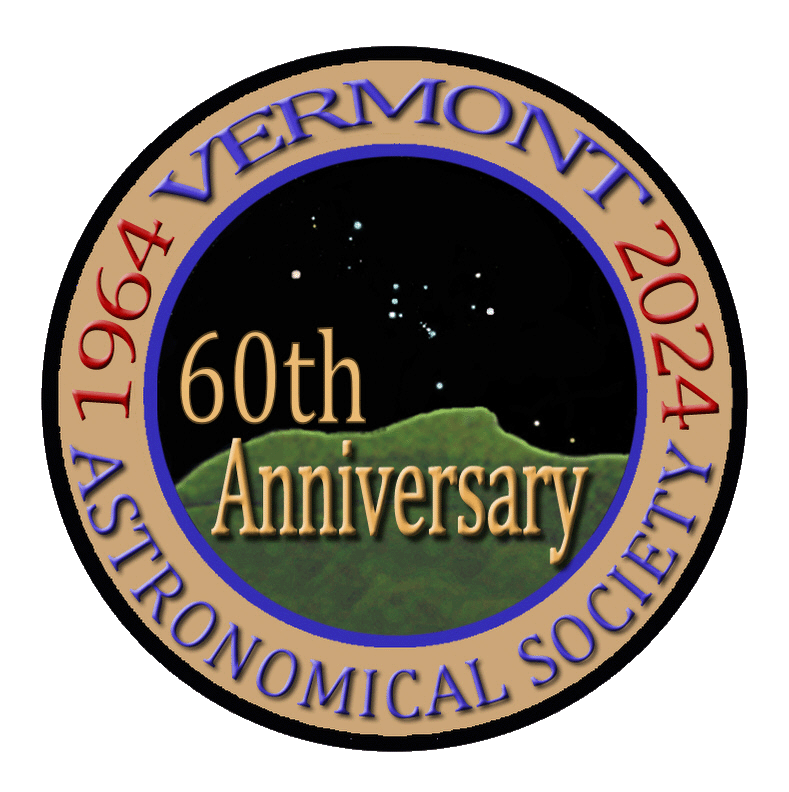The Bubble Nebula is a beautiful HII emission nebula in the Constellation Cas and is about 7,000 – 8,000 light years (ly) away from Earth, and about 7,000 ly wide.
At the center of the Bubble is SAO 20575, a very large, bright (magnitude -5.5), and hot Wolf-Rayet star that creates the stellar winds which form the Bubble.
The 1442mm focal length with a Ha/OIII filter on a OSC camera shows a nice bit of detail inside the bubble, despite only having about 3 hours of integration time at f/7 due to the target getting low in the sky. The weather just hasn't allowed for follow-up sessions to acquire more imaging time.
Capture Date: 11/20/23
Celestron EdgeHD 800 w/0.7x reducer (fL = 1422mm)
ASI2600MC Pro (OSC camera)
Antlia ALP-T 2” mounted 5nm Dual Ha/OIII Narrowband Filter
ZWO AM5 mount with guiding via Celestron OAG and ASI174MM mini
Dual Narrowband Ha/OIII Filter Light Frames: 36 x 300s [Total Exposure 3:00; Average Moon illumination ~56%]
All light frames calibrated with dark, flat, and bias frames
Pre- and post-processed in PixInsight
Additional post-processing in Photoshop for exposure adjustments, cropping, and generation of reduced size jpeg
Well, I thought I was finally out of patience after processing this image all weekend (see previous post) without having success integrating my SII/Hb data with the Ha/OIII data. But it was niggling at me, and I had to take one more stab at it to try and integrate my 2 hrs. of SII/Hb data into the image. I was finally able to do it in Photoshop by putting the two separate RGB images together so I could change the blend and opacity. Much easier, I think, than trying to do it in PixInsight!
The image isn't all that much different, but I think the OIII portion looks much more natural and blends better with the surrounding nebulosity.
Celestron EdgeHD 800 w/0.7x reducer (fL = 1422mm)
ASI2600MC Pro (OSC camera)
Antlia ALP-T 2” mounted 5nm Dual Ha/OIII Narrowband Filters: Ha/OIII; SII/Hb
ZWO AM5 mount with guiding via Celestron OAG and ASI174MM mini
Dual Narrowband Ha/OIII Filter Light Frames: 36 x 300s [Total Exposure 3:00 ]
Well, I thought I was finally out of patience after processing this image all weekend (see previous post) without having success integrating my SII/Hb data with the Ha/OIII data. But it was niggling at me, and I had to take one more stab at it to try and integrate my 2 hrs. of SII/Hb data into the image. I was finally able to do it in Photoshop by putting the two separate RGB images together so I could change the blend and opacity. Much easier, I think, than trying to do it in PixInsight!
The image isn't all that much different, but I think the OIII portion looks much more natural and blends better with the surrounding nebulosity.
Capture Date: 11/20/23Average Moon illumination ~56%
Celestron EdgeHD 800 w/0.7x reducer (fL = 1422mm)
ASI2600MC Pro (OSC camera)
Antlia ALP-T 2” mounted 5nm Dual Ha/OIII Narrowband Filters: Ha/OIII; SII/Hb
ZWO AM5 mount with guiding via Celestron OAG and ASI174MM miniDual Narrowband Ha/OIII Filter Light Frames: 36 x 300s [Total Exposure 3:00 ]
Dual Narrowband SII/Hb Filter Light Frames: 24 x 300s [Total Exposure 2:00 ]Total Integration Time: 5:00
Hi Greg, beautiful image. A great subject for a long focal length. Nice colors and details.
Your patience pays off!
Terri
@terri Thanks, Terri! Now, if we ever get some decent weather I can put some more time into it. Hope you're doing well.
Greg

